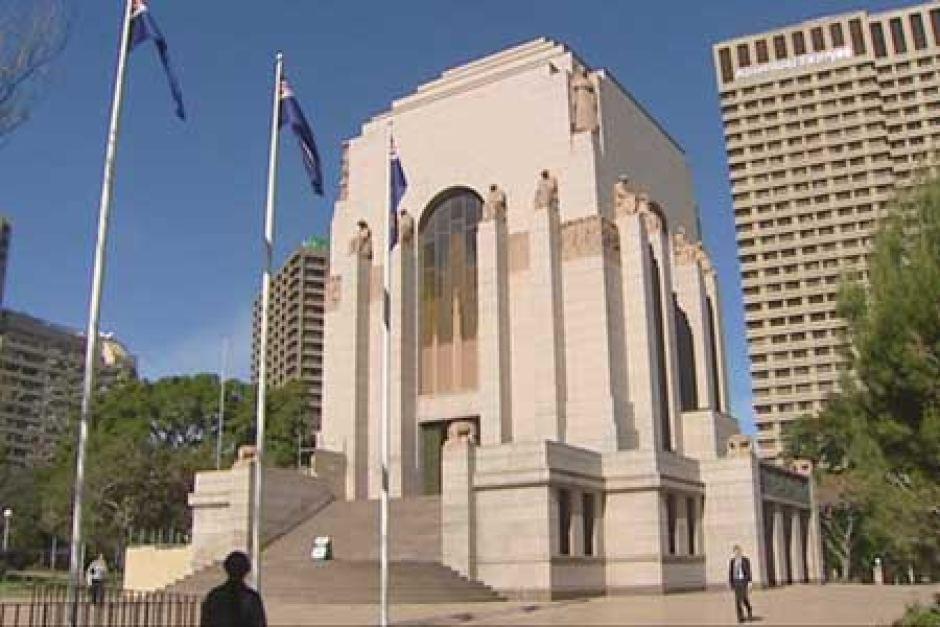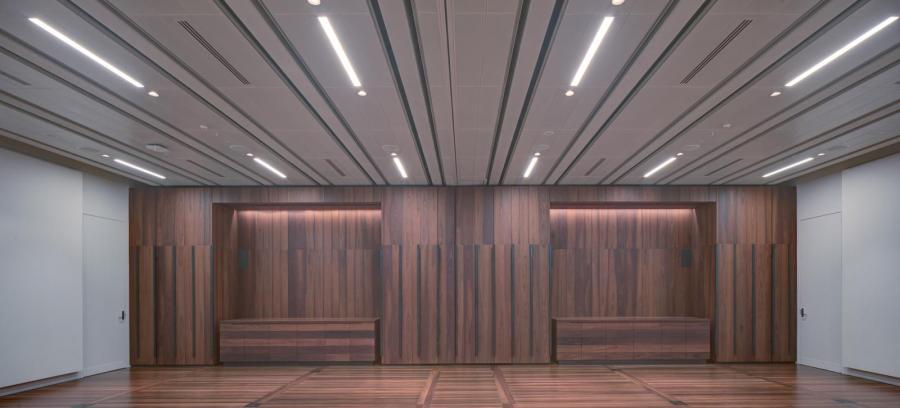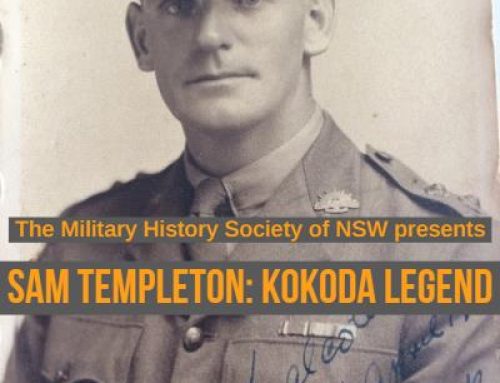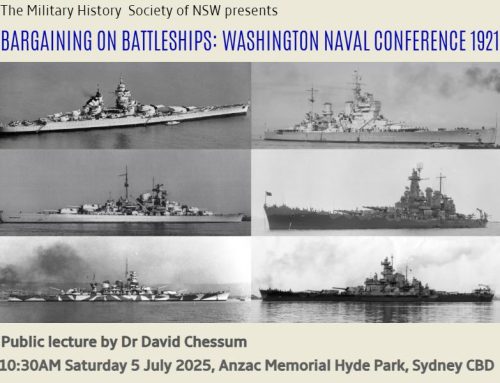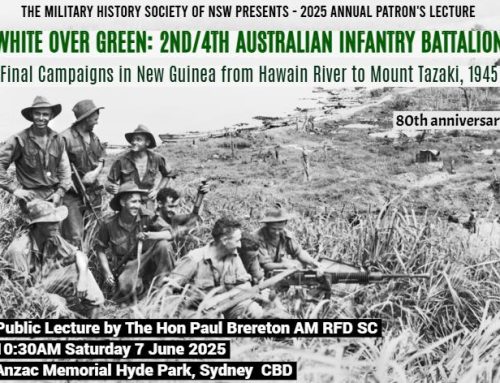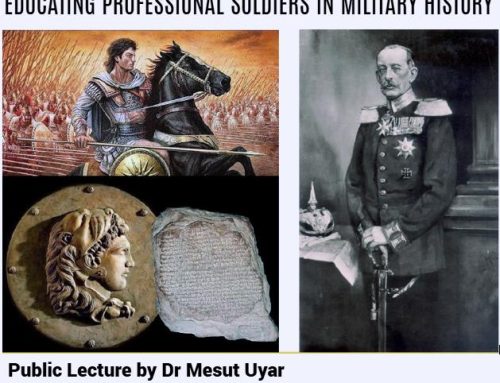2024 Annual Patron’s Lecture: The Sword and the Scales
The Military and the Administration of Justice in NSW Since Colonial Times
Major General the Hon Paul Brereton AM RFD SC
 17 May 2024 marks the bicentenary of the Supreme Court of New South Wales and the proclamation of the Third Charter of Justice. This provides an occasion to review the long and enduring connection between the military and the administration of justice in this state.
17 May 2024 marks the bicentenary of the Supreme Court of New South Wales and the proclamation of the Third Charter of Justice. This provides an occasion to review the long and enduring connection between the military and the administration of justice in this state.
Under the First Charter of Justice of 1788, the military played a central role in the administration of justice in New South Wales. The first judicial officer in the colony was not a lawyer, but an Army Officer – the Deputy Judge-Advocate, Captain David Collins (pictured). The lecture draws on the story of his life and work, told by the late Hon JF Nagle – a distinguished judge of the Supreme Court and Commando officer – in Collins, The Courts & The Colony (1996), to cover his manifold responsibilities, including convening and presiding over the criminal and civil courts of the colony. The criminal court was constituted by him and six naval or military officers. This unique court administered the criminal law in NSW until the present Supreme Court commenced on 17 May 1824. The original civil court was constituted by the deputy judge-advocate and two “fit and proper” persons being resident in the colony, appointed by the Governor. It was superseded, under the Second Charter of 1814, by the first Supreme Court, presided over by a judge with two magistrates.
- The Court’s bicentennial history, Constant Guardian: Changing Times – The Supreme Court of NSW 1824-2024, contains a chapter by Tony Cunneen, which relates the story of the nexus between the Court and the military, on which the lecture draws to illustrate the evolving but enduring nexus, including:
overt judicial support for the despatch of contingents from the colony to the Soudan in 1885 and to South Africa in 1899, - unconditional support for the war effort in 1914-1918,
- a more discerning approach during 1939-1945 and the Vietnam years,
- the use of judges of the Court to conduct military inquiries, and
- the service of judges as Judge Advocate Generals and on the Defence Force Discipline Appeals Tribunal.
About the Presenter
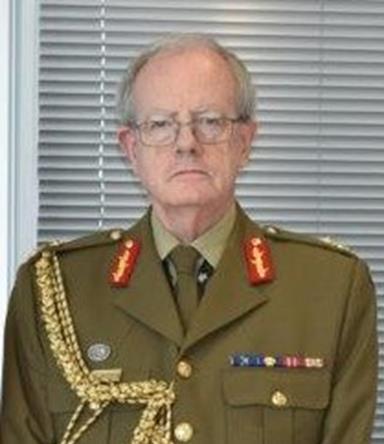 Justice Brereton was born in Sydney and practised as a solicitor from 1982 to 1987 and as a barrister from 1987 to 2005. He was appointed Senior Counsel in 1998. In 2005 he was sworn in as a Judge of the Supreme Court of New South Wales and joined the NSW Court of Appeal in August 2018. Justice Brereton is an Army Reservist who holds the rank of Major General. He enlisted in the Army Reserve in Sydney University Regiment in 1975, and was commissioned in the Royal Australian Infantry in 1979. He has served as Second-in-Command Sydney University Regiment (1994-6), Commanding Officer 4th/3rd Battalion. the Royal New South Wales Regiment (1997-99), Chief of Staff 5th Brigade (2008-10). From 2011 to 2013 he was Head of Cadet Reserve and Employer Support Division. He holds honorary appointments as Colonel Commandant of the Royal NSW Regiement and the University of NSW Regiment. He also sits as a member of the Defence Force Discipline Appeals Tribunal and acts as Assistant Inspector-General of the Australian Defence Force. Justice Brereton was honoured with membership of the Order of Australia (Military Division) in 2010 and received the Reserve Force Decoration in 1995. He led an Inspector-General of the Australian Defence Force investigation into alleged criminal misconduct on the battlefield by Australian Special forces in Afghanistan, issuing the Inspector-General of the Australian Defence Force Afghanistan Inquiry Report in November 2020. Justice Brereton was recently appointed the first commissioner of the federal National Anti-Corruption Commission. He is Patron of the Military History Society of New South Wales.
Justice Brereton was born in Sydney and practised as a solicitor from 1982 to 1987 and as a barrister from 1987 to 2005. He was appointed Senior Counsel in 1998. In 2005 he was sworn in as a Judge of the Supreme Court of New South Wales and joined the NSW Court of Appeal in August 2018. Justice Brereton is an Army Reservist who holds the rank of Major General. He enlisted in the Army Reserve in Sydney University Regiment in 1975, and was commissioned in the Royal Australian Infantry in 1979. He has served as Second-in-Command Sydney University Regiment (1994-6), Commanding Officer 4th/3rd Battalion. the Royal New South Wales Regiment (1997-99), Chief of Staff 5th Brigade (2008-10). From 2011 to 2013 he was Head of Cadet Reserve and Employer Support Division. He holds honorary appointments as Colonel Commandant of the Royal NSW Regiement and the University of NSW Regiment. He also sits as a member of the Defence Force Discipline Appeals Tribunal and acts as Assistant Inspector-General of the Australian Defence Force. Justice Brereton was honoured with membership of the Order of Australia (Military Division) in 2010 and received the Reserve Force Decoration in 1995. He led an Inspector-General of the Australian Defence Force investigation into alleged criminal misconduct on the battlefield by Australian Special forces in Afghanistan, issuing the Inspector-General of the Australian Defence Force Afghanistan Inquiry Report in November 2020. Justice Brereton was recently appointed the first commissioner of the federal National Anti-Corruption Commission. He is Patron of the Military History Society of New South Wales.
Announcement
The 2021 venue for The Military History Society of New South Wales lecture program will be the Auditorium at the Anzac Memorial Hyde Park, corner of Elizabeth and Liverpool Streets, Sydney CBD. Numerous bus services stop at the location and Museum railway station is only 160 metres away. The venue will be opening its doors at 10:30AM sharp.
